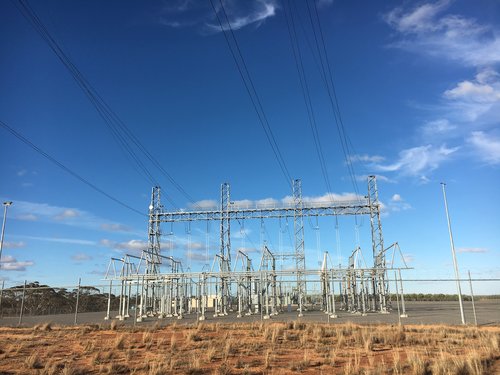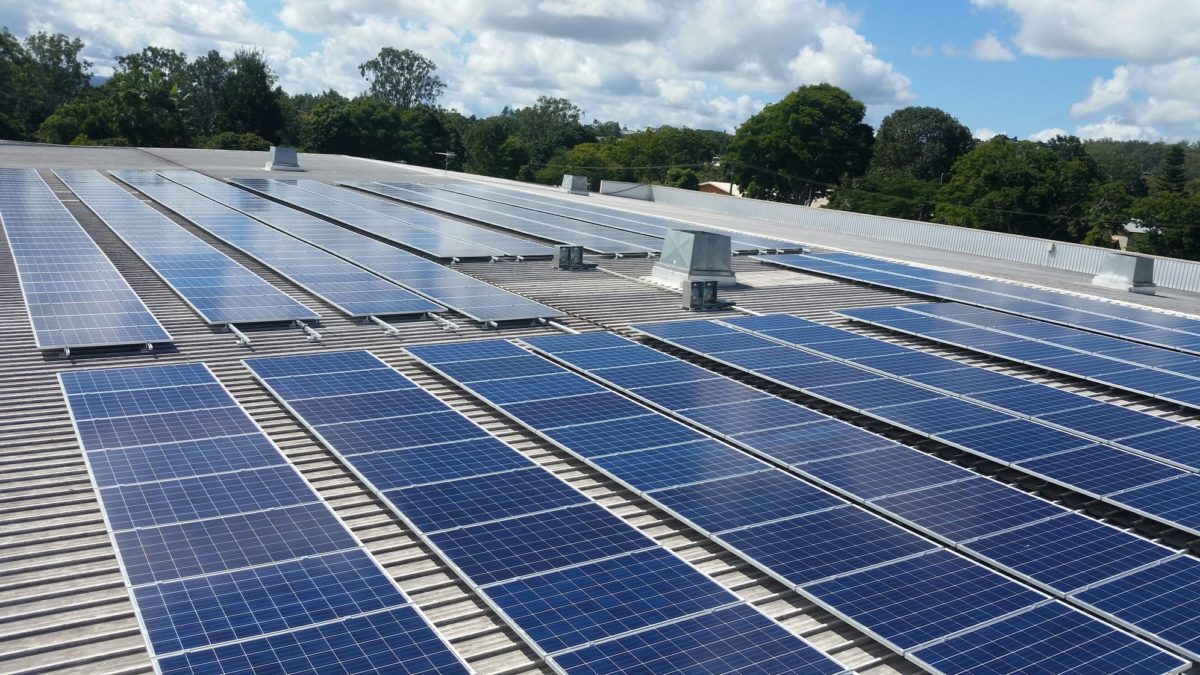The Australian Energy Market Commission (AEMC) is working on ways to integrate increasing amounts of renewable energy technologies like rooftop solar PV and batteries into the electricity grid but a proposal to introduce a two-way pricing system has been opposed in a joint submission by key stakeholder groups, including the Smart Energy Council, the Australia Institute and Solar Citizens.
Solar Citizens national director Ellen Roberts warned the controversial solar exports rule has the potential to fragment the National Electricity Market (NEM).
“Allowing network companies to charge solar owners for exporting their clean energy is a big call and we have not been presented with anywhere near enough evidence to show that it’s required,” she said.
“States like Queensland and Victoria have signalled they don’t support export charging, so if this rule change goes ahead, we’re likely to see a piecemeal and messy application across the National Electricity Market.
“There are, however, some really important parts to the AEMC’s proposal.”
Roberts said those who signed the joint submission support it being formally recognised that networks provide an export service, and the need for increased transparency around when static zero export limits are being imposed on solar customers.
“We need to make sure that network companies are embracing solar exports and exploring all options for increasing the grid’s hosting capacity,” she said.
More than 2.6 million Australian homes and businesses have already installed rooftop solar, and in the next decade another 3 million are expected to join them.
The AEMC has indicated the rapid uptake of solar PV in Australia is already triggering ‘traffic jams’ on the network and warned they will get worse as more solar connects because the grid infrastructure was built when power only flowed one way.
In its draft determination released in March, Australia’s energy rule maker outlined a series of proposals designed to prepare for a future where rooftop solar and batteries dominate the nation’s power system.
The most controversial of those proposals is a two-way pricing mechanism which would give networks pricing options to reward solar and battery owners for exporting to the grid during peak demand periods. They would also have the option to charge customers for sending their electricity during the middle of the day.
The AMEC has stated the proposal does not mandate default charges for exporting power.

Image: Wirsol
The draft proposal does however give networks the ability to develop new pricing structures which the AEMC said could be very different depending on the capacity of each different network and how much solar demand there is in that area.
“This is about creating tailored options, not blanket solutions,” AEMC chief executive Benn Barr said.
“We want to open the solar gateway so more Australians can join the 2.6 million small solar owners who have already led the way. But it’s important to do this fairly. We want to avoid a first-come, best-dressed system because that limits the capacity for more solar into the grid.
“Within 10 years, half of all energy users will be using home energy options like solar. We must make sure this seismic shift doesn’t leave anyone behind because every Australian, whether they have solar or not, deserves an affordable, sustainable power system.”
AEMC modelling suggests that if networks did introduce export charges, 80% of customers would see their bills drop because they would no longer pay for solar export services they weren’t using.
The AEMC said the 20% of customers with solar could expect to see a of export charge impacts, depending on system size. A 4−6kW system would still earn on average $900 – about $70 less than now. But this impact could look very different if they took up options that rewarded them for using the system differently – such as self-consuming power.
Despite the AEMC’s optimism, Dan Cass, who as Energy Regulatory Lead at The Australia Institute was among those to sign the joint submission, said the proposed rule change has the potential to undermine Australia’s transition to renewable energy.
“The growth of rooftop solar has been the most constant national success story in energy and climate in Australia,” he said. “This rule change will undermine that progress and put in place a messy regime that might not even be implemented uniformly across states.
“There is a huge amount of value in household PV, batteries, electric vehicles, demand response and other distributed energy resources. What is needed now is a clear roadmap from the Energy Security Board for DER integration and economic regulation.”
The submission calls for trials of clean technology to be expedited and used to inform market design work.
“Inverters with dynamic operating envelope capabilities, smart electric vehicle chargers and community batteries are smarter solutions to DER integration than export charges,” it states.
Submissions to the AEMC have now closed. More than 1,300 submissions opposing the introduction of export charging were lodged.
The AEMC is expected to make the final determination in July.
This content is protected by copyright and may not be reused. If you want to cooperate with us and would like to reuse some of our content, please contact: editors@pv-magazine.com.









By submitting this form you agree to pv magazine using your data for the purposes of publishing your comment.
Your personal data will only be disclosed or otherwise transmitted to third parties for the purposes of spam filtering or if this is necessary for technical maintenance of the website. Any other transfer to third parties will not take place unless this is justified on the basis of applicable data protection regulations or if pv magazine is legally obliged to do so.
You may revoke this consent at any time with effect for the future, in which case your personal data will be deleted immediately. Otherwise, your data will be deleted if pv magazine has processed your request or the purpose of data storage is fulfilled.
Further information on data privacy can be found in our Data Protection Policy.